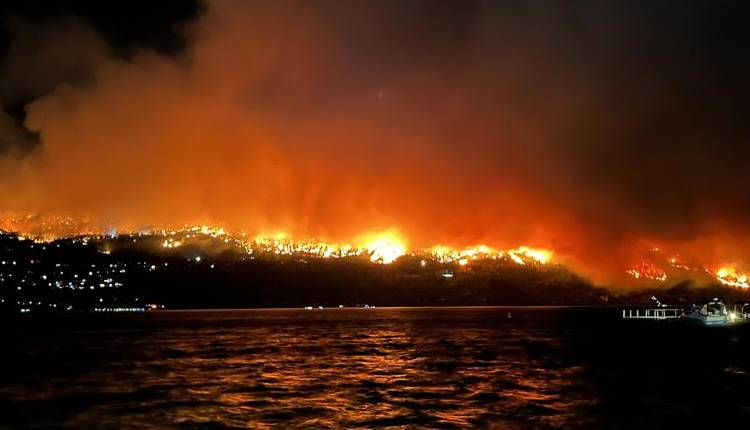
New York: Thousands have evacuated as wildfires rage across the Los Angeles region, with the causes of the Palisades and Eaton fires still under investigation. Weather conditions have exacerbated their spread. Experts refer to these regions as “wildland-urban interface” (WUI) zones.
An increasing number of Americans are settling in these transition areas where open land meets urban development, making them more vulnerable to intense fires fueled by climate change, as reported by Bloomberg News and cited by Xinhua.
Crystal Kolden, director of the Fire Resilience Center at the University of California, Merced, explains that WUI zones are prone to wildfires due to the mix of open spaces, parks, and residential areas. Many homes are surrounded by highly flammable shrubs and trees.
Despite the dangers, more individuals are choosing to live in WUI areas. Research indicates that from 1990 to 2010, 25 million people moved into these regions, resulting in the construction of 12.7 million homes. Factors contributing to this trend include high housing costs elsewhere and a desire for proximity to nature, according to Rebecca Paterson, spokesperson for the National Interagency Fire Center. Additionally, studies show that access to green spaces tends to increase property values.
This growth presents significant challenges for wildfire management, Paterson noted.
Recently, multiple major wildfires in Los Angeles County, the most populous county in the U.S., have resulted in at least five fatalities and damaged over 1,100 structures. The Palisades fire, a destructive wind-driven brush fire that began on Tuesday, has consumed 15,800 acres (63.9 square km) with no containment reported as of Wednesday, according to the California Department of Forestry and Fire Protection (Cal Fire). The blaze has destroyed around 1,000 structures, including many expensive homes nestled between the Santa Monica Mountains and the Pacific Ocean, prompting thousands to evacuate, with new warnings issued for Malibu.
